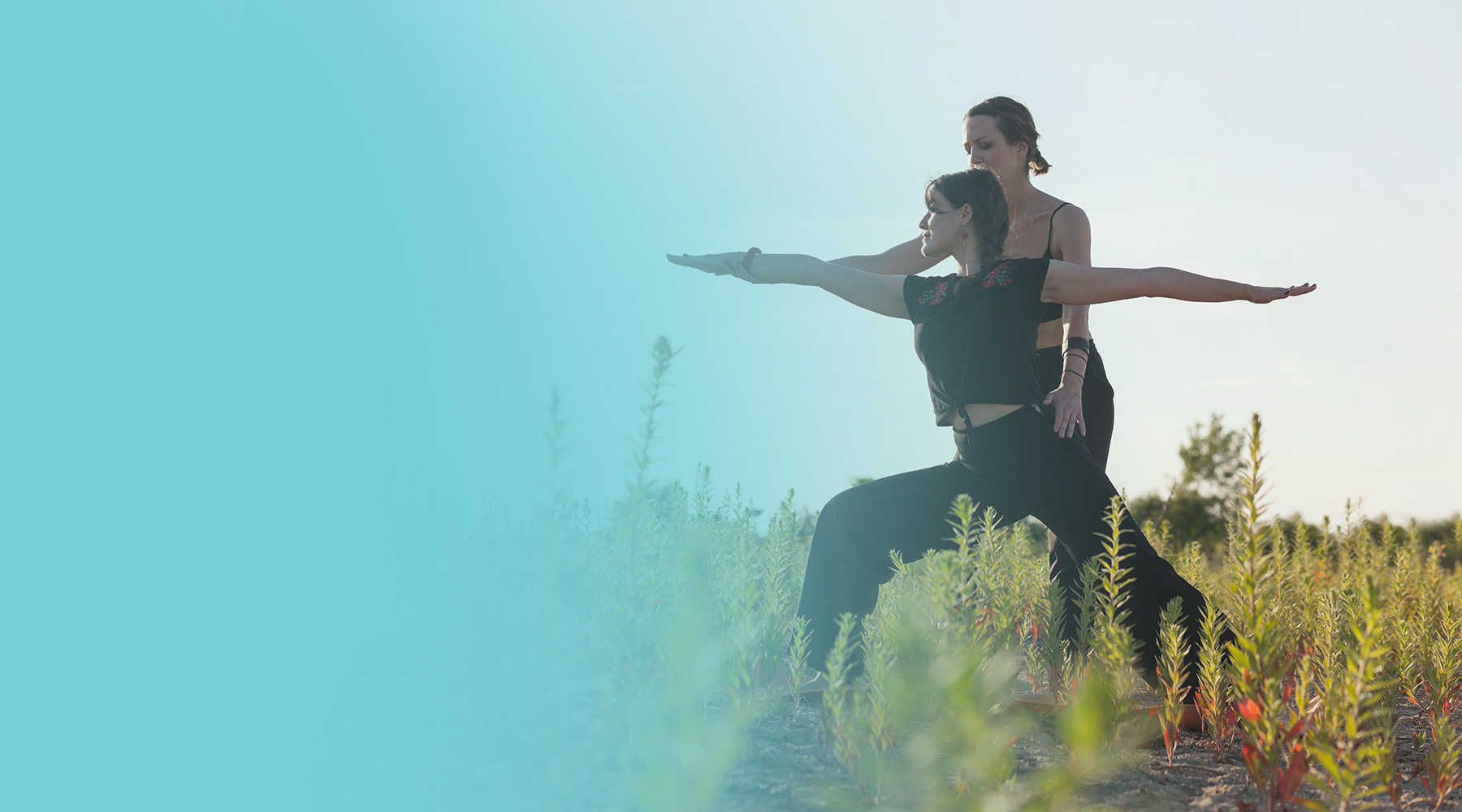Beyond Painkillers: Can Yoga Help Relieve Your Back Pain?
Interview re-posted from the Huffington Post Healthly Living, by Eva Norlyk Smith, Ph.D.
Musculoskeletal disorders, particularly low back pain and osteoarthritis, are the most common cause of chronic disability in the world today, according to recent statistics. In the U.S. alone, more than 65 million people suffer from back pain, and it is the second most common cause of doctor’s visits.
Does yoga offer a viable complement to painkillers or even surgery in the treatment of back pain? And if so, what might the treatment of back pain look like in the future? In this interview, we discuss that question with yoga therapist Robin Rothenberg, who created the yoga protocol for one of the first NIH-funded studies on yoga for back pain. Robin is the author of The Essential Low Back Program: Relieve Pain and Restore Health.
Q: According to statistics, eight out of 10 people will suffer from back pain at one point in their lives. Why is back pain such a common issue?
Robin Rothenberg: Well, we’re not living well in our bodies anymore. We were designed to be very physically active and engaged in our body, strengthening and moving in all different, various ways. And what do many of us do now? We sit in chairs at our desk work, we sit in chairs watching TV at night. Even kids sit around and watch video games all day instead of going out and playing. We’ve become less physically mobile and our structure has gotten weaker and weaker.
And the ramifications are dire. Studies show that the absolute worst thing we can do for ourselves is to sit for hours. Of course, I see that all the time in my clients. I would say that three-quarters of the people that come to see me have back pain, they have neck pain, they have structural pain. And what do they do? They sit.
Q: The use of yoga as therapy in health care settings as a complement to other treatments is still in its infancy. But you have pioneered some of this work, and you now work in a clinic offering yoga as therapy for back pain. What does that look like in practice?
Robin Rothenberg: Yes, I feel very fortunate to be working in an incredibly progressive clinic headed up by an amazing physiatrist (an M.D. specializing in musculoskeletal disorders). He has three or four massage therapists, several PTs, a psychotherapist that specializes in pain, an acupuncturist, a nutritionist, and I’m the yoga therapist on the team. We mostly work with structural issues, and everybody realizes that sometimes you need a team and a combination of therapies to get the best results.
They’re very proactive about getting people moving and doing something for themselves, rather than just getting a cortisol injection or taking some pain pills. They also recognize that for some people, the issue is more complex and that sometimes those kinds of therapies are needed as well. It’s really a mix.
Of course, that clinic is not representative of the Western medical approach to back pain, but I do think that the tide is changing. There’s a growing recognition among doctors that exercise is an important part of the treatment for back pain, particularly with low back pain. I think that the best thing we can do is educate the people we come in contact with. We can teach them that there are other things they can do than just take pain meds or get a cortisol injection. There is so much you can do physically to transform the patterns that created the problem in the first place.
Q: What are some of the results you see in your work? How effective yoga is in helping people with back pain?
Robin Rothenberg: Well, it’s remarkable, but I consistently see the people who seek yoga therapy for back pain get better. They may not be completely pain free for the rest of their lives, but their function increases and their level of pain decreases.
More importantly, they don’t feel victimized by their back pain. We really work with education, or Svadhyaya (self-study), so that they start to understand what it is that they’re doing.
In yoga, the focus on education and self-awareness. Even though the movements may look like physiotherapy movements or exercises, we talk a lot about why are they doing this movement, what are they engaging, what is disengaged, how is their breath, where is their mind, are they really present as they move. It’s the quality of focus, attentiveness, and mindfulness that really makes a difference. Through that process, they’re really learning about how they live and move in their bodies.
Of course, there’s a lot more to it. Back pain is complicated. Once in a while, you get somebody who just needs to stretch, strengthen and move their body. But oftentimes, there are more complications. You need to go into more detail than just, “Do these five yoga postures and everything gets better.” You have to connect the dots and look at how all the pieces fit together.
Q: Even though there is no one-size-fits-all approach that will work are there common principles that you apply in using yoga to help relieve back pain issues?
Robin Rothenberg: With low back pain, there are definitely some basic fundamental ideas. One is creating more balance in the musculoskeletal system, i.e. a combination of stretching and strengthening the muscles of the spine and the muscles that support the spine, including the legs, the pelvis and the hips. And of course, developing a strong, deep inner core is important, so we focus on the pelvic floor muscles, the transverse abdominus, the multifidi. Having a stronger core is beneficial for all of us.
There are a few things that are beneficial for everybody: Breathing better, smiling more, and having a good strong inner core. Nobody’s going to be injured by strengthening their core, unless they’re totally overdoing it and creating chronic contraction. But just by having a good, solid core, it helps your pelvis and your spine to be in a much better postural alignment, so you can maneuver through various activities without putting the low back at risk. So that’s a fundamental piece that I bring into all of my therapeutic work.
The combination of stretching and strengthening is key. I often use the line, “Can’t stretch it better.” Oftentimes doctors will refer their back pain patients to yoga to stretch out muscles that are chronically tight. And yes, stretching is important. Having the ability to maneuver and move the body with ease is very important. But if you just stretch and you don’t do the strength part of the equation, it often causes a backlash or leads to other problems.
A big piece of my low back training program is talking about how to create that balance and how to sequence so that you’re leaving people with strong, long muscles. I often liken it to an Oreo cookie: You stretch, strengthen, stretch. You do a little stretching to release the chronic tightness. That tightness is oftentimes due to underlying weakness, so we have to get underneath and strengthen the deeper muscles, the stabilizing muscles. And then stretch again so that the overall effect is a sense of resilience in the body.
Q: Sounds like it’s really about getting more deeply in touch with your body and how it works — like this missing owners’ manual for the body we all really could use?
Robin Rothenberg: Exactly. The tendency in our culture is to look for the answer outside. In our health care system, the practitioners come in as the experts and they never ask a person, “Well, what’s going on in you? As you do this movement, what do you feel? What are you noticing?”
But yoga says, “We’re responsible for this vessel.” It’s my job to learn everything I can about the nuances, tendencies, and habitual patterns of this vessel — physically, mentally, emotionally, psychically, spiritually.
Once people begin to learn about how they live and move in they body, it transforms a lot more than just their muscles. You get beyond the pattern that created the problem in the first place, and oftentimes, that opens the door to significant change.
This is an excerpt from a 30-minute interview with Robin Rothenberg. To download and listen to the full interview and learn more about Robin Rothenberg and her work, go here: Learning to Live in Your Body: How Yoga Helps Relieve Back Pain.



